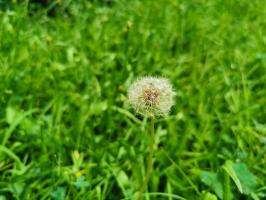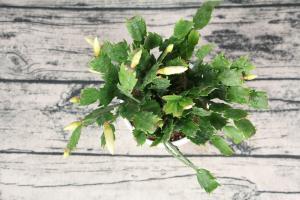Can You Start a Rubber Tree Plant from a Cutting?
If you love indoor plants, the rubber tree plant is a popular choice. It is easy to care for and adds a touch of greenery to any room. Rubber tree plants can be propagated from cuttings, which is a cost-effective way of growing multiple plants from one parent plant. So, can you start a rubber tree plant from a cutting? Yes, you can! Here’s how:
Preparation
Before you start taking cuttings from a rubber tree plant, gather the materials you need. You will need a sterilized knife or pruning shears, a rooting hormone, a pot, well-draining soil, and watering can. Sterilizing your tools is essential to prevent any disease or infection entering your plant. You can do this by wiping your knife or shears with rubbing alcohol.
Cutting the Stem
The first step in propagating a rubber tree plant from a cutting is to select a healthy stem. Pick a stem that is at least six inches long and has several leaves. Cut the stem about 45 degrees below a leaf node, which is where the leaf meets the stem. This angle helps the cutting develop roots faster. Remove the leaves from the bottom half of the stem, leaving only two or three leaves at the top
Applying Rooting Hormone
Once you have trimmed the stem, apply rooting hormone to the cut end. This will encourage the stem to grow new roots. Dip the cut end of the stem in the rooting hormone and shake off any excess. Follow the instructions on the package for best results. Rooting hormone is a natural or synthetic chemical that can be purchased from any garden center. It comes in a powder, gel, or liquid form.
Planting the Cutting
After applying rooting hormone, it’s time to plant the stem in a pot. Fill the pot with well-draining soil and make a hole in the center. Insert the cut end of the stem into the hole and press the soil around it. Make sure that the stem is planted straight and the leaves are above the soil level. Water the soil thoroughly but avoid overwatering as this can cause root rot.
Caring for the Cutting
Keep your rubber tree cutting in a warm and humid place. It should receive bright but indirect sunlight. Consider using a plastic bag or a plastic wrap to cover the pot to maintain humidity levels. Check for moisture regularly, and water only when the soil is dry to the touch. Within a few weeks, the stem should start to grow new leaves, an indication that it’s time to remove the plastic bag or wrap.
Conclusion
Propagating a rubber tree plant from a cutting is easy, cost-effective, and a great way to multiply your indoor garden. With the right tools, materials, and care, you can create several new plants from one parent plant. Just remember to choose a healthy stem, sterilize your tools, apply rooting hormone, use well-draining soil, and maintain a warm and humid environment.

 how many times do yo...
how many times do yo... how many planted tre...
how many planted tre... how many pine trees ...
how many pine trees ... how many pecan trees...
how many pecan trees... how many plants comp...
how many plants comp... how many plants can ...
how many plants can ... how many plants and ...
how many plants and ... how many pepper plan...
how many pepper plan...
































